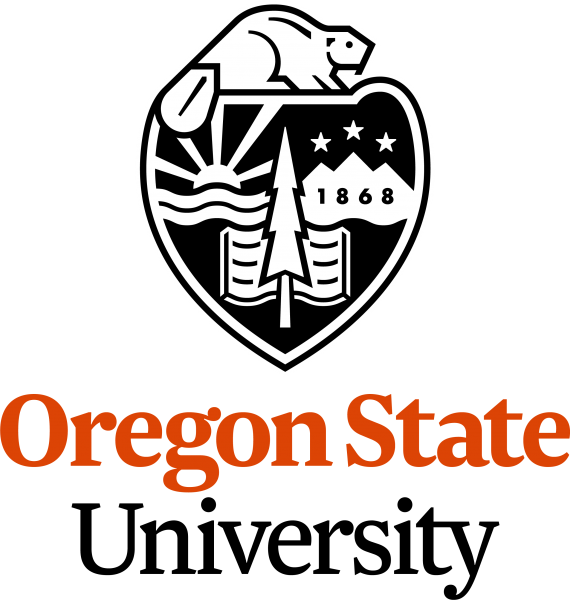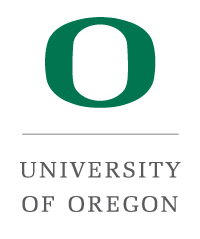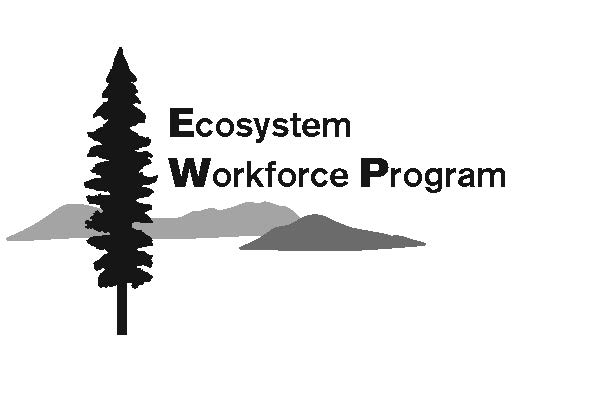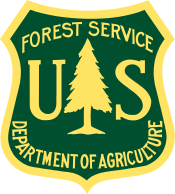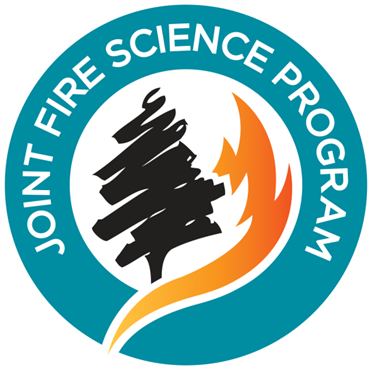Publications Library
. The climate space of fire regimes in north-western North America Journal of Biogeography. 2015;Online early.
. Climate-induced variations in global wildfire danger from 1979 to 2013 Nature Commuications. 2015;6.
. Communication under Fire: The Role of Embeddedness in the Emergence and Efficacy of Disaster Response Communication Networks Journal of Public Administration Research and Theory. 2015;25(3).
. Community Experiences with Wildfires: Actions, Effectiveness, Impacts, and Trends. ().; 2015. Available at: http://ewp.uoregon.edu/sites/ewp.uoregon.edu/files/WP_56.pdf. WP_56-1.pdf (3.46 MB)
WP_56-1.pdf (3.46 MB)
. Community wildfire preparedness: a global state-of-the-knowledge summary of social science research. Current Forestry Reports. 2015;1(2).
. The cost of climate change: Ecosystem services and wildland fires Ecological Economics. 2015;116.
. California Spotted Owl, Songbird, and Small Mammal Responses to Landscape Fuel Treatments BioScience. 2014;64(10).
. Catchment-scale stream temperature response to land disturbance by wildfire governed by surface–subsurface energy exchange and atmospheric controls Journal of Hydrology. 2014;517.
. Challenges of assessing fire and burn severity using field measures, remote sensing and modelling International Journal of Wildland Fire. 2014;23. Available at: http://dx.doi.org/10.1071/WF13058.
. Clearcutting and high severity wildfire have comparable effects on growth of direct-seeded interior Douglas-fir Forest Ecology and Management. 2014;331. FEM-DirectSeeding.pdf (535.28 KB)
FEM-DirectSeeding.pdf (535.28 KB)
. Climate and very large wildland fires in the contiguous western USA. International Journal of Wildland Fire. 2014;23. WF13169.pdf (1.43 MB)
WF13169.pdf (1.43 MB)
. Climate change vulnerability and adaptation in the North Cascades region, Washington.; 2014. Available at: http://www.treesearch.fs.fed.us/pubs/47131.
. Climate, fire size, and biophysical setting control fire severity and spatial pattern in the northern Cascade Range, USA. Ecological Applications. 2014;24(5). Cansler_McKenzie_ClimateBiophysicalSetting_FireSizeSeverityN_Cascade_2014EcolApp.pdf (5.79 MB)
Cansler_McKenzie_ClimateBiophysicalSetting_FireSizeSeverityN_Cascade_2014EcolApp.pdf (5.79 MB)
. The climate-wildfire-air quality system: interactions and feedbacks across spatial and temporal scales WIREs Climate Change. 2014;5(6).
. Contemporary forest restoration: A review emphasizing function Forest Ecology and Management. 2014;331(1).
. Contrasting Spatial Patterns in Active-Fire and Fire- Suppressed Mediterranean Climate Old-Growth Mixed Conifer Forests PLoS ONE. 2014;9(2).
. Correlations between components of the water balance and burned area reveal insights for predicting forest fire area in the southwest United States International Journal of Wildland Fire. 2014;Online early. Available at: http://dx.doi.org/10.1071/WF14023.
. Capturing Fire: RxCadre Takes Fire Measurements to a Whole New Level. Joint Fire Science Program; 2013. FSdigest16.pdf (890.34 KB)
FSdigest16.pdf (890.34 KB)
. Changes in development near public forest lands in Oregon and Washington, 1974-2005: Implications for management.; 2013. pnw_rp596.pdf (1.27 MB)
pnw_rp596.pdf (1.27 MB)
Climate Change Quarterly: Summer 2013.; 2013. CCQ Summer 2013.pdf (551.65 KB)
CCQ Summer 2013.pdf (551.65 KB)
. Climate change tipping points: A point of no return?. Joint Fire Science Program; 2013. FSdigest15.pdf (1.47 MB)
FSdigest15.pdf (1.47 MB)
. Climate stress increases forest fire severity across the western United States Ecology Letters. 2013.
. Closing the feedback loop: evaluation and adaptation in collaborative resource management. USFS, Sustainable NW, Forest Guild, National Forest Foundation, N. Arizona University, Watershed Research & Training Center; 2013:44. Closing the feedback loop.pdf (1.03 MB)
Closing the feedback loop.pdf (1.03 MB)
. Conditions favouring Bromus tectorum dominance of endangered sagebrush steppe ecosystems. Journal of Applied Ecology. 2013;On-line early.
. Conifer regeneration following stand-replacing wildfires varies along an elevation gradient in a ponderosa pine forest, Oregon, USA Forest Ecology and Management. 2013;302.

